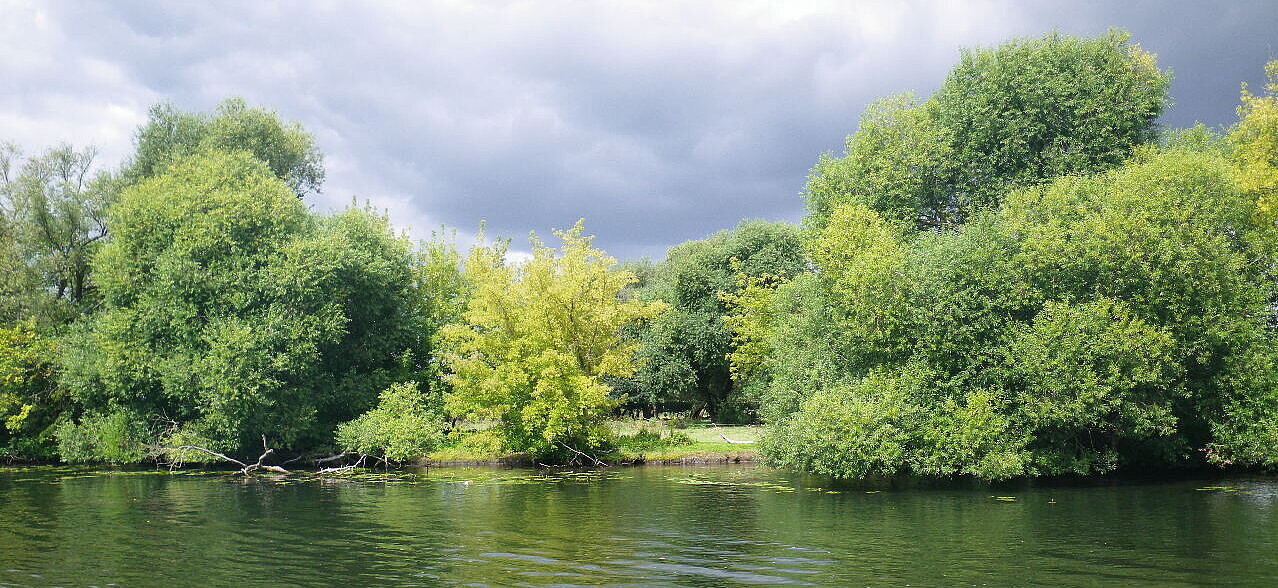
| Project leader: | Dr. Friederike Gethöffer |
|---|---|
| Scientific staff: | Franziska Maria Schöttes |
| Project term: | 01.06.2019-31.12.2021 |
| Sponsoring: | Niedersächsisches Ministerium für Ernährung, Landwirtschaft und Verbraucherschutz |
Invasive alien species
In the course of globalisation, alien species are increasingly establishing themselves outside their original area of distribution. Such species are called invasive if they threaten biodiversity in their new habitats or cause economic damage.
In EU Regulation No. 1143/2014 on invasive alien species, measures for the prevention of introduction and management of already established species were defined. Invasive species of EU-wide importance are listed on a Union list: among others, nutria (Myocastor coypus) and muskrat (Ondatra zibethicus) are part of it.
Both species are semi-aquatic mammals that originally came from South or North America and were able to settle in Europe through reintroduction in the 20th century.
Their populations are established throughout Germany and are increasingly spreading to the Netherlands and Belgium. They create burrows on the banks of waterbodies and eat riparian vegetation, crops and mussels.
Their harmful effects can affect rare animal and plant species, hydraulic engineering structures (dikes!) and agricultural land. In particular, the undermining of dikes and bank edges is increasingly causing problems.
Since nutria is subject to hunting law in many federal states, it is increasingly caught in life traps. One way to evaluate the criteria of animal welfare of these traps is to check on international guidelines on trapping. For this purpose, the target animal species as well as some of the respective by-catches are caught in order to comply with the international standard for the certification of traps such as AIHTS (Agreement on International Humane Trapping Standards) and ISO - 10990 (International Organization for Standardisation 10990 Part 5 - Methods for testing restraining traps). The focus is on the investigation of the effects of live traps on the behaviour and clinical and morphological parameters of the animals. The aim is to develop recommendations for the efficient and welfare-friendly use of live traps.
Results (only German): Kurzbericht zu dem abgeschlossenen Projekt
Contact person
University of Veterinary Medicine Hannover, Foundation
Institute for Terrestrial and Aquatic Wildlife Research
Bischofsholer Damm 15
30173 Hannover
Dr. Friederike Gethöffer
Tel.: +49 511 856-7579
E-Mail


